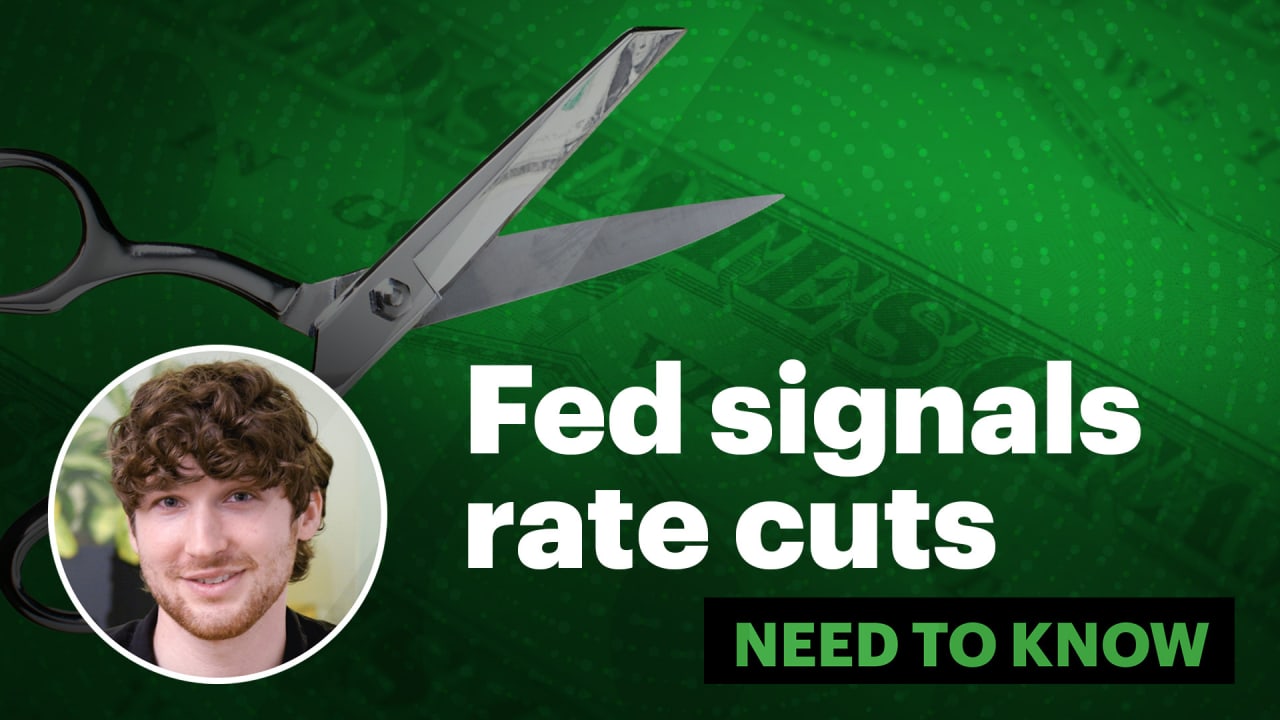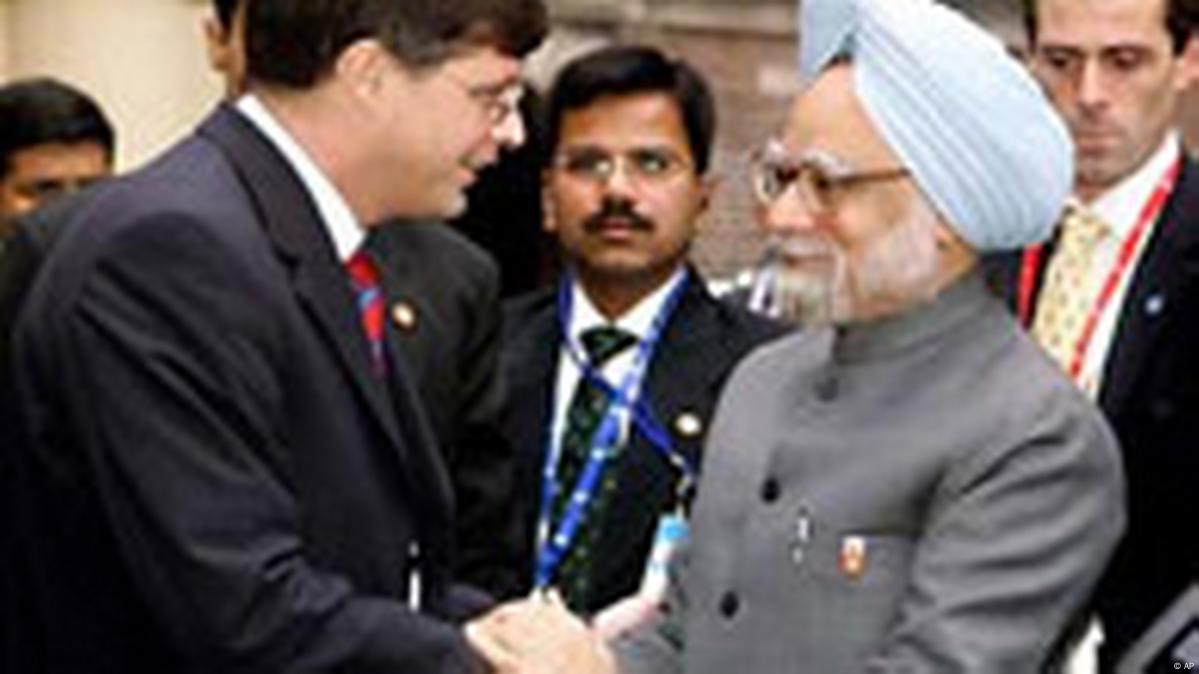Why The Fed Is Lagging Behind On Interest Rate Cuts

Table of Contents
Persistent Inflation as a Primary Obstacle
The primary obstacle preventing immediate interest rate cuts is the persistence of inflation. Despite slowing economic growth, inflationary pressures remain stubbornly high, forcing the Fed to adopt a cautious approach to monetary policy.
Sticky Inflationary Pressures
Inflation, as measured by the Consumer Price Index (CPI) and Producer Price Index (PPI), remains elevated. This "sticky inflation" is proving resistant to previous interest rate hikes.
- High energy prices: The ongoing impact of geopolitical events, particularly the war in Ukraine, continues to significantly impact global energy prices, contributing to elevated inflation.
- Supply chain disruptions: Although easing, lingering supply chain bottlenecks continue to contribute to price increases for various goods.
- Wage growth exceeding productivity gains: Strong wage growth, while positive for workers, also contributes to inflationary pressures if it outpaces productivity increases. This creates a wage-price spiral, making it harder for the Fed to lower inflation.
Fear of Premature Rate Cuts
The Fed is wary of implementing interest rate cuts prematurely, fearing a resurgence of inflation. A premature easing of monetary policy could reignite inflationary pressures, undoing the progress made through previous interest rate hikes.
- The potential for a resurgence of inflationary pressures: Cutting interest rates too soon risks reigniting inflation, potentially leading to a longer and more painful period of price instability.
- The need for sustained disinflation before considering rate cuts: The Fed requires clear evidence of sustained disinflation – a consistent and significant decline in inflation – before considering any interest rate cuts.
- The Fed's commitment to price stability: The Fed's primary mandate is to maintain price stability. Premature interest rate cuts could jeopardize this commitment.
Uncertainty in Economic Data and Forecasting
The Fed's decision-making process is further complicated by uncertainty in economic data and the challenges in forecasting future economic trends. This uncertainty necessitates a cautious approach to interest rate adjustments.
Lagging Economic Indicators
Economic indicators often lag behind the actual state of the economy, making it challenging to accurately assess the current economic situation and predict future developments.
- The complexity of assessing the true state of the economy: Various economic indicators paint a complex and sometimes contradictory picture, making it difficult to draw definitive conclusions.
- The potential for inaccurate economic forecasts: Economic forecasts are inherently uncertain, and relying on inaccurate predictions could lead to inappropriate policy responses.
- The need for cautious policy decisions in uncertain times: The inherent uncertainties in economic data necessitate a cautious and data-dependent approach to monetary policy.
Data Dependence and Cautious Approach
The Fed's approach is inherently data-driven. The Federal Open Market Committee (FOMC) carefully monitors a wide range of economic indicators before making decisions on monetary policy, including interest rate adjustments.
- The importance of waiting for clear signals before adjusting monetary policy: The Fed prefers to wait for clear and consistent signals from multiple economic indicators before making any changes to interest rates.
- The potential consequences of making decisions based on incomplete data: Acting on incomplete or misinterpreted data could have serious and unintended consequences for the economy.
- The Fed's emphasis on a gradual and measured approach: The Fed typically favors a gradual and measured approach to monetary policy changes, avoiding sudden or drastic shifts.
Political and Geopolitical Factors Influencing Decisions
Beyond economic considerations, political and geopolitical factors also play a significant role in shaping the Fed's decision-making process regarding interest rate cuts.
Global Economic Uncertainty
Global economic instability and geopolitical events significantly impact the U.S. economy and influence the Fed's ability to make informed decisions about monetary policy.
- The effects of the war in Ukraine on global energy and food prices: The war in Ukraine has caused significant disruptions to global energy and food markets, contributing to inflationary pressures worldwide.
- Concerns about global supply chain disruptions: Ongoing supply chain disruptions continue to pose challenges for global economic growth and contribute to price volatility.
- The interconnectedness of global economies and the challenges for monetary policy: The increasing interconnectedness of global economies makes it more challenging for central banks, including the Fed, to effectively manage monetary policy in isolation.
Political Pressure and Public Opinion
The Fed must also consider the potential influence of political pressures and public opinion, while maintaining its independence to make objective decisions based on economic fundamentals.
- The need for the Fed to maintain its independence from political interference: The Fed's independence is crucial for making objective decisions based on economic data, rather than political considerations.
- The importance of transparent communication and clear explanations of its decisions: Clear and transparent communication with the public is essential to maintain trust and confidence in the Fed's decisions.
- Balancing public expectations with the need for sound economic policy: The Fed must balance public expectations with the need for sound economic policies that promote long-term economic stability and price stability.
Conclusion
In summary, the Fed's delay in implementing interest rate cuts is a result of several interconnected factors: persistent inflation, uncertainty in economic data and forecasting, and the influence of political and geopolitical factors. The Fed's cautious approach reflects its commitment to price stability and its data-dependent decision-making process. A key takeaway is the importance of the Fed’s careful consideration of multiple factors before adjusting interest rates. Understanding the complexities behind the Fed's decisions on interest rate cuts is crucial for navigating the current economic climate. Stay informed about upcoming economic data releases and the Fed's future pronouncements to make informed financial decisions. For more information on interest rate cuts and monetary policy, visit the Federal Reserve website: [link to Federal Reserve website].

Featured Posts
-
 Todays Stock Market Sensex And Nifty Rally Positive Sectoral Performance
May 09, 2025
Todays Stock Market Sensex And Nifty Rally Positive Sectoral Performance
May 09, 2025 -
 Jeanine Pirros Dc Attorney Bid The Impact Of A Past Incident
May 09, 2025
Jeanine Pirros Dc Attorney Bid The Impact Of A Past Incident
May 09, 2025 -
 Sinoptiki Preduprezhdayut Snegopady Prodolzhatsya V Yaroslavskoy Oblasti
May 09, 2025
Sinoptiki Preduprezhdayut Snegopady Prodolzhatsya V Yaroslavskoy Oblasti
May 09, 2025 -
 Brekelmans Inzet Voor Een Sterke Relatie Met India
May 09, 2025
Brekelmans Inzet Voor Een Sterke Relatie Met India
May 09, 2025 -
 Analysis Kuzmas Reaction To Tatums Viral Social Media Post
May 09, 2025
Analysis Kuzmas Reaction To Tatums Viral Social Media Post
May 09, 2025
